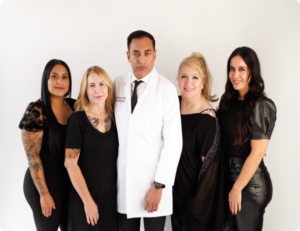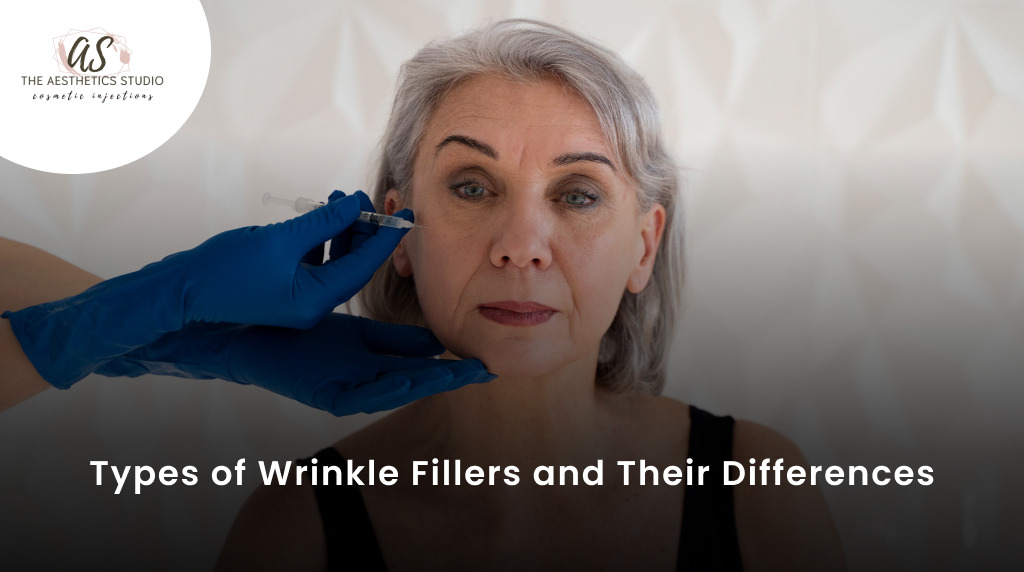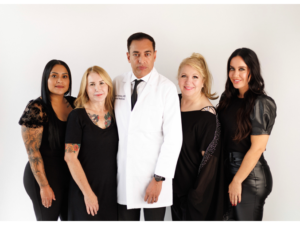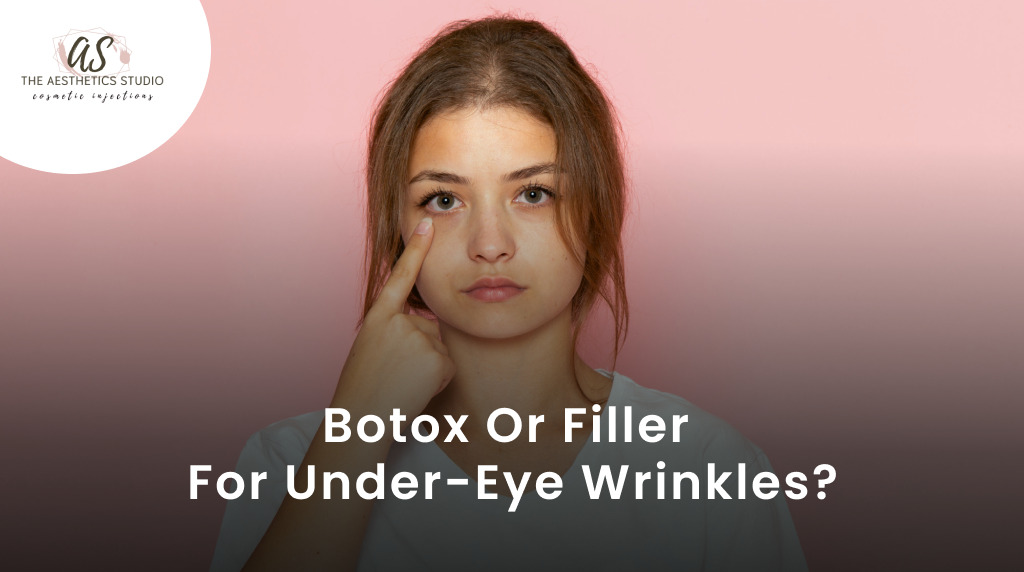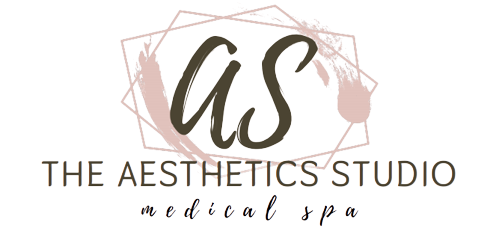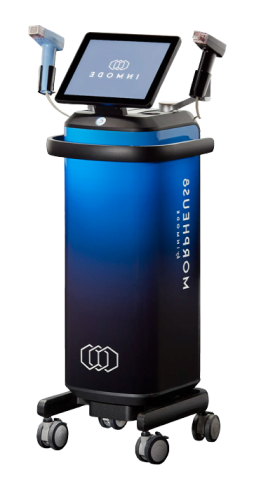Dermal fillers are substances your healthcare provider places under the skin. They help enhance facial features, offering a more youthful look. This quick elective treatment reveals immediate results and lasts several months to years based on filler type and area tree. Health career professionals guide you through options suitable for your requirements, ensuring tailored care post-procedure to minimize risks such as infection or bruising.
Understanding Hyaluronic Acid Fillers
Hyaluronic acid (HA) fillers are popular in the cosmetic world. They use a type of HA that’s chemically tweaked to last longer than natural HA, which breaks down within 24 hours. This tweaking process is known as cross-linking, and it turns liquid HA into a gel-like substance we call hydrogel. When looking at these fillers, you’ll find they come with different levels of HA concentration measured in milligrams per milliliter or mg/mL for short.
A higher amount means more firmness and staying power when injected under your skin—this can make wrinkles less visible. But there’s more to filler life than just high concentrations of cross-linked HA; how viscous or spreadable it is matters too, along with its cohesiveness – think stickiness between molecules – all playing roles in longevity. Don’t forget that managing expectations upfront leads to happier outcomes post-treatment! Various types of wrinkle fillers offer unique benefits for skin rejuvenation.
Hyaluronic acid treatments hydrate and plump, while synthetic fillers provide longer-lasting results. Collagen creams aim to replenish lost protein but may require frequent application. Autologous options use one’s fat, following a more natural path with enduring effects, yet this involves a complex process compared to other injections.
People should consult skincare experts who can advise on the most suitable filler based on individual aesthetic goals and specific skin needs, ensuring effective, personalized anti-aging strategies.
Read also: How Frequently Should You Schedule Your Next Neurotoxin Treatment?
Longevity of Different Filler Types
Different filler types show varied longevity when injected into the skin. Biphasic fillers, made with particles suspended in gel, last longer than other types due to their sturdy structure. Monophamono edified fillers offer uniform consistency and also demonstrate good durability over time. However, monophasic polydensified ones—which have varying particle sizes—tend to dissipate faster within six months post-injection.
Histological assessments back this up: after 182 days following injections into volunteers’ lumbar regions, both biphasic and the more densified options outlasted the less dense variety by about 62%. This performance aligns closely with hyaluronic acid’s (HA) role in tissue hydration and elasticity—a substance naturally found in our bodies that diminishes as we age, leading to wrinkling. Cross-linked HA formulations further improve these results since they delay degradation through stronger molecular bonds between HA chains, thus enhancing persistence under the skin for extended rejuvenation effects.
Poly-L-lactic rotor a Biostimulator
Poly-L-lactic acid (PLLA) serves as a stimulator, vital in wrinkle care. In the aging face, central facial volume decreases noticeably. It’s not just about skin folding—it goes deeper with fat and bone structure loss, too. During facelifts that include fat grafting to restore this lost volume, PLLA can play a crucial role post-surgery for added rejuvenation.
Studies show that after an average of 14 months of such surgeries, patients receive PLLA injections, some even up to nine years later! An extensive survey found most plastic surgeons opt for added fat during lifts—an overwhelming 85%. They’re treating hundreds afterward totals—a total count of over seven hundred cases reviewed. In essence, by promoting new collagen growth where it matters most—deep within the skin—PLLA helps maintain youthful contours long-term post-facelift surgery.
Fat Transfer for Natural Plumping
Fat transfer, distinct from other fil wrinkles, smooths out wrinkles. Surgeons gently withdraw the fat through a small tube called a cannula. This happens under your skin and that fat gets stored safely until its use. Unlike methods such as CoolSculpting, which freeze and eliminate it without further application, this procedure reuses the extracted material for natural enhancement—be it face or body areas desiring volume.
For facial rejuvenation, especially around mouth corners where aging shows with lines like marionette traces–fat can be inserted to add youthfulness back into appearance quickly — no long waits needed for recovery here, unlike more invasive tacticsWhat is the beauty of using your inherent fatty deposits? It matches perfectly because, after all… it’s part of you! Plastic surgeons also practice this method when reshaping buttocks—a Brazilian Butt Lift—that said NuBody Concepts advises against due to safety concerns they found higher than in most cosmetic surgeries today.
Autologous Filler Options Explained
Autologous fillers, an option in the wriactuallyusetorrent orerespondent to restore skin volume. Here’s how it works: Fat is taken from your body—common spots are belly or buttocks—through a process called liposuction. Then, this fat is put back into areas of your face with lost fullness due to age or other factors. It stands out from different types as these natural fillers don’t break down over time.
This type suits deep wrinkles and under-eye hollows well because they demand significant volume restoration that looks natural, which autologous options provide effectively; their lasting power makes them unique among injectables.
Benefits of Collagen-Based Solutions
Collagen-based wrinkle fillers offer a skin-reviving solution, significantly elevating collagen and elastin levels. Such enhancement works to pull back years from your face by firming the overlying dermis layer. Opt for these if you’re seeking fewer visits to the clinic; their lasting impact extends intervals between treatments.
When selecting hyaluronic acid variants, the fear of allergic reactions fades compared with older bovine options – they are safer on sensitive skin. Also worth noting: when paired with muscle-relaxing injections like Botox or Xeomin, the results amplify – deeper lines smoothed out as facial muscles learn stillness. Knowing that wrinkles can dim one’s self-view, this method stands as an ally in reclaiming confidence. A skilled practitioner is critical here—choose wisely—to dodge uneven outcomes and truly reap filler rewards.
Exploring Synthetic Wrinkle Fillers
Synthetic wrinkle fillers provide a solution for those seeing age on their skin. These substances target the support structure beneath our outer layer, which becomes less sturdy over time. A youthful look fades as this inner mesh weakens; wrinkles emerge where once there was smoothness. To counteract this, cosmetic fillers are injected to bolster the compromised area and reduce lines.
They serve not only to ease out furrows but also enhance volume in cheeks, lips, and even hands that have begun sagging due to aging’s toll. Yet it’s vital to acknowledge possible drawbacks—reactions can ocpotentiallyng to potentially permanent bumps under your complexion or the Tyndall effect, tinting skin with an unwanted blue hue that might persist for months. Only well-trained professionals should administer these treatments, given risks like scarring and rare serious outcomes such as blindness when procedures go awry—which underscores why choosing an experienced practitioner is essential.
Read also: Debunking Common Myths About Botox Treatment
Aftercare for Lasting Results
To maintain the effects of wrinkle fillers, proper aftercare is vital. Patients should follow their healthcare provider’s guidance for optimal results and to mitigate risks like infection or bruising. Dermal filler procedures are brief, often under 30 minutes; recovery time is short, too. While some see instant improvements in appearance, with outcomes lasting months or even years depending on filler type and treatment areas, others may need a touch-up sooner.
For example, hyaluronic acid (HA) treatments, such as refreshing skin volume, typically last up to a year as they compensate for our body’s declining HA production over time. Autologous fat grafting—moving one’s fat into facial regions—adds hydration through natural means but requires careful monitoring during healing. Calcium hydroxylapatite (CaHA), found naturally within bones and used primarily for deeper wrinkles, usually lasts around twelve months before reapplication might be needed.
Providers recommend poly-L-lactic acid (PLLA) when stimulating collagen creation becomes essential; its effects endure beyond two years if managed well post-treatment. Each substance demands spending, favoring routines, favoring durability while avoiding complications following ingoodons—a stepoverlookedoking by those desiring sustained youthful looks without continuous interventions.
Conclusion
The world of dermal fillers offers diverse options, each with unique benefits. From hyaluronic acid for immediate hydration to synthetic fillers addressing sagging and autologous options using one’s fat for natural plumping, the choices are vast. Proper aftercare is crucial for lasting results. The Aesthetics Studio provides personalized services; book your appointment for effective anti-aging strategies tailored to your needs.
Frequestly Asked Questions:
Q1. What are dermal fillers, and how do they work?
Dermal fillers are substances injected under the skin to enhance facial features and provide a more youthful appearance. They work by filling in wrinkles, adding volume, and promoting collagen production.
Q2. How do different filler types vary in longevity?
Biphasic fillers, with particles suspended in gel, tend to last longer due to their sturdy structure. Monophamono edified fillers offer uniform consistency and durability, while monophasic polydensified ones may dissipate faster. Crosslinked HA formulations improve persistence under the skin for extended rejuvenation effects.
Q3. What is Poly-L-lactic acid (PLLA), and how does it serve as a biostimulator?
PLLA stimulates collagen growth, addressing central facial volume loss. It is often used to promote new collagen in deeper skin layers, maintaining youthful contours in the long term.
Q4. How do synthetic wrinkle fillers counteract aging effects?
Synthetic fillers target the support structure beneath the skin’s outer layer, reducing wrinkles and enhancing volume. They address sagging in areas like cheeks, lips, and hands. However, potential drawbacks include bumps and the Tyndall effect, requiring skilled professionals for administration.


